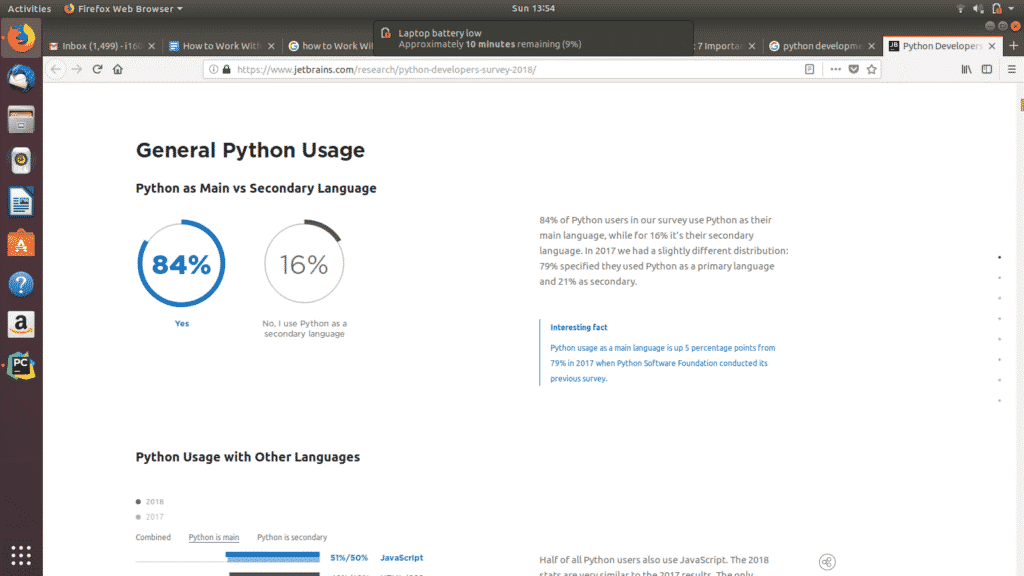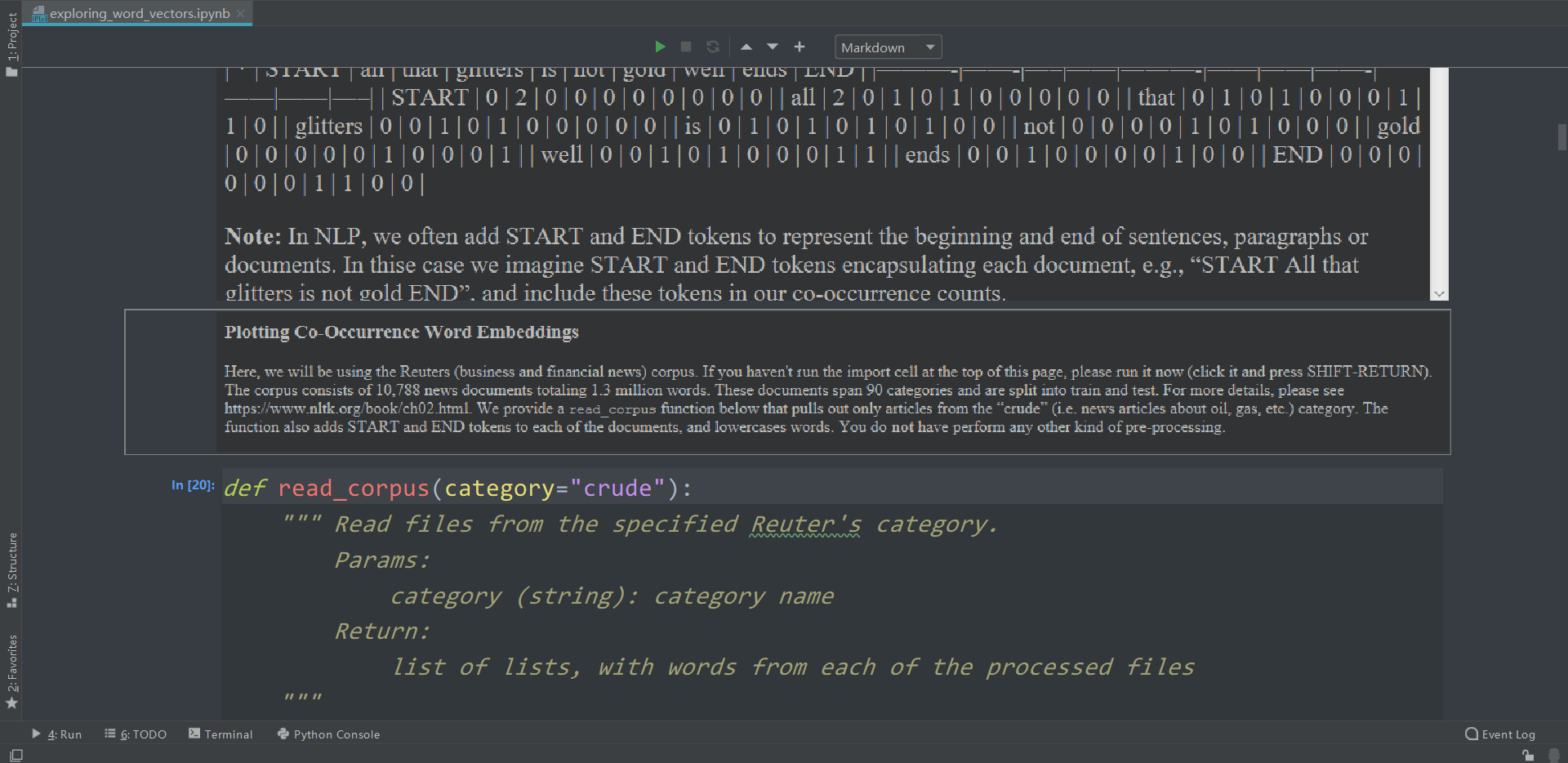
- #Use jupyter or pycharm for a project how to#
- #Use jupyter or pycharm for a project install#
- #Use jupyter or pycharm for a project code#
- #Use jupyter or pycharm for a project professional#
For example it may be currently set to the Default scheme. In the right pane select from the Scheme drop-down list one of the scheme names. From the left pane, expand the Editor and Color Scheme menus.

To access the themes click on File › Settings. You have a choice among different themes. The first custom function is the theme of the IDE. The P圜harm IDE allows you to customize many options.
#Use jupyter or pycharm for a project how to#
How to Customize the P圜harm Theme and Color Scheme They allow for many different tasks, for example: see the node of the project and quickly open it, search in files, run options, change debugging settings, etc. To the left, right, and bottom of the editor are tool windows. The central part of the screen consists of the editor where you read and write code. At the bottom is a status bar that displays messages about errors, warnings, and the status of a project. Under the main menu is a toolbar with the same functionality, but it provides quick access to these functions. On the top is the main menu, which contains commands like open file, open project, create project or file, run, debug code, etc. The screen below illustrates these different parts and what they are doing.
#Use jupyter or pycharm for a project code#
In almost all Python IDEs, the working area is divided into several parts that help make working with files and code more convenient. We can run a project or a single file by selecting the project/file node and choosing from the menu Run › Run (the green Run button) or by using a keyboard combination Alt+Shift+F10.Īt the bottom of the editor the Output window with the result will be shown. Then pressing Ctrl+S or by clicking File › Save All. Save the file by clicking on the title tab, The New Python file window appears.Enter the name of the file in the Name field.Ĭlick OK and you are ready to code in the P圜harm editor. To create a Python script right click on the project name node and choose from the pop-up menu New › Python File. How to create and run Python scripts in P圜harm Follow our blog or subscribe at the bottom to get the hang of other IDEs like Spyder, Jupyter, and more! You'll also get to know some of the features that help beginners write code.Īfter the P圜harm IDE, we'll move on to other popular Python IDEs and review them. In this article, you'll find out how to create a program and run it using P圜harm.
#Use jupyter or pycharm for a project install#
In my previous article, I showed you how to install the P圜harm IDE on Windows and Ubuntu. If you are just starting to learn Python, you should try out different Python IDEs to see if you prefer working with P圜harm or with another editor. Many of the features help make Pycharm a great Python IDE for beginners. The vast number of P圜harm features doesn't make this IDE difficult to use–just the opposite.

#Use jupyter or pycharm for a project professional#
The P圜harm IDE is one of the most popular editors used by professional Python developers and programmers. But if you are a beginner, don't worry, it can help you too! Find out how to create Python projects using P圜harm and what basic features can help you write code more efficiently. You can see now you have the kernel in the list of kernels and now you can have separate dependencies for the jupyter notebook and be more organized.The P圜harm IDE is one of the most popular editors used by professional Python developers and programmers.

Click on the kernel and click change kernel you will be able to see the kernel you just created. Just run “jupyter notebook” command in the command prompt or Powershell and the jupyter environment will open up. Let’s now check if our kernel is created. Step 4: Select the installed kernel when you want to use jupyter notebook in this virtual environment Running the following command will create a kernel that can be used to run jupyter notebook commands inside the virtual environment. Step 3: Install jupyter kernel for the virtual environment using the following command: Now as we have our virtual environment let’s activate it.



 0 kommentar(er)
0 kommentar(er)
